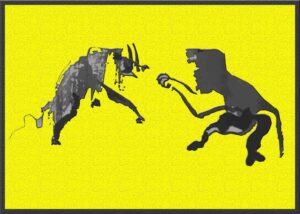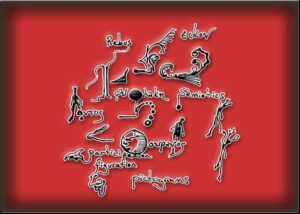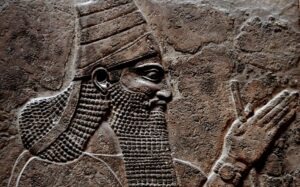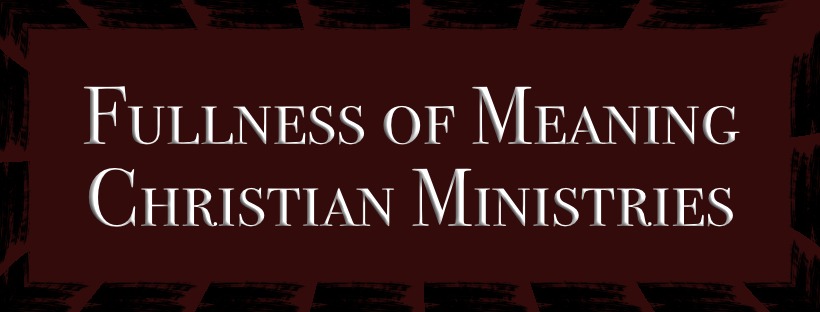“The earliest ideas of Eternity were associated in pictographic form originally. This allowed for ‘pictures’ to be ‘as words’ in the European world, let alone the recipients of the Semitic world. How much of these pictographic societies such as the Early Chinese, Sumerian, Egyptian, Hittite and Dravidian convey the idea of the ‘eternal’? Did these earlier cultures lose their weight in conveying a non-analytical idea of eternal ‘spatiality’ and ‘time’? How distant were these concepts to the Medieval World? Did King James’ translators have a grasp of any of this? Was *eternity* looked at as ‘segmented times’ in the Middle Ages amidst the Jacobian era? I can say a big Nope for all of these. Let’s take a light jab at this word *eternity* from what our ancestors thought. This is only a light dig into a much deeper study that fomcm.com will endeavor. Thank you for listening!”

Psalms 147:4
Psalms 147:4 – “He Telleth the number of the stars; He giveth them all their names” —- / Psalms 19:1 “The Heavens Declare the Glory of God” Study: The Constellational Ram, Aries and its possible earthly Syunik parent, Areg, ca. 35,000 B.C. 0:00 0:00 skip_previous play_arrow pause skip_next volume_up
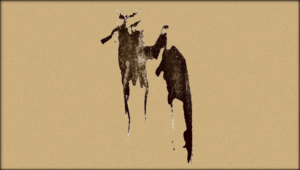
The Silmarillion. The Genesis of Tolkien’s Fantastic World
“We find in the comparative Narratives of the Bible and of J.R.R. Tolkien parallels between an Objective Theology and a Subjective Theology. Whether or not Tolkien’s Oxford lectures were concerning the primary or secondary world, he made it clear that LOGOS would take hold of either world. The Silmarillion, the

